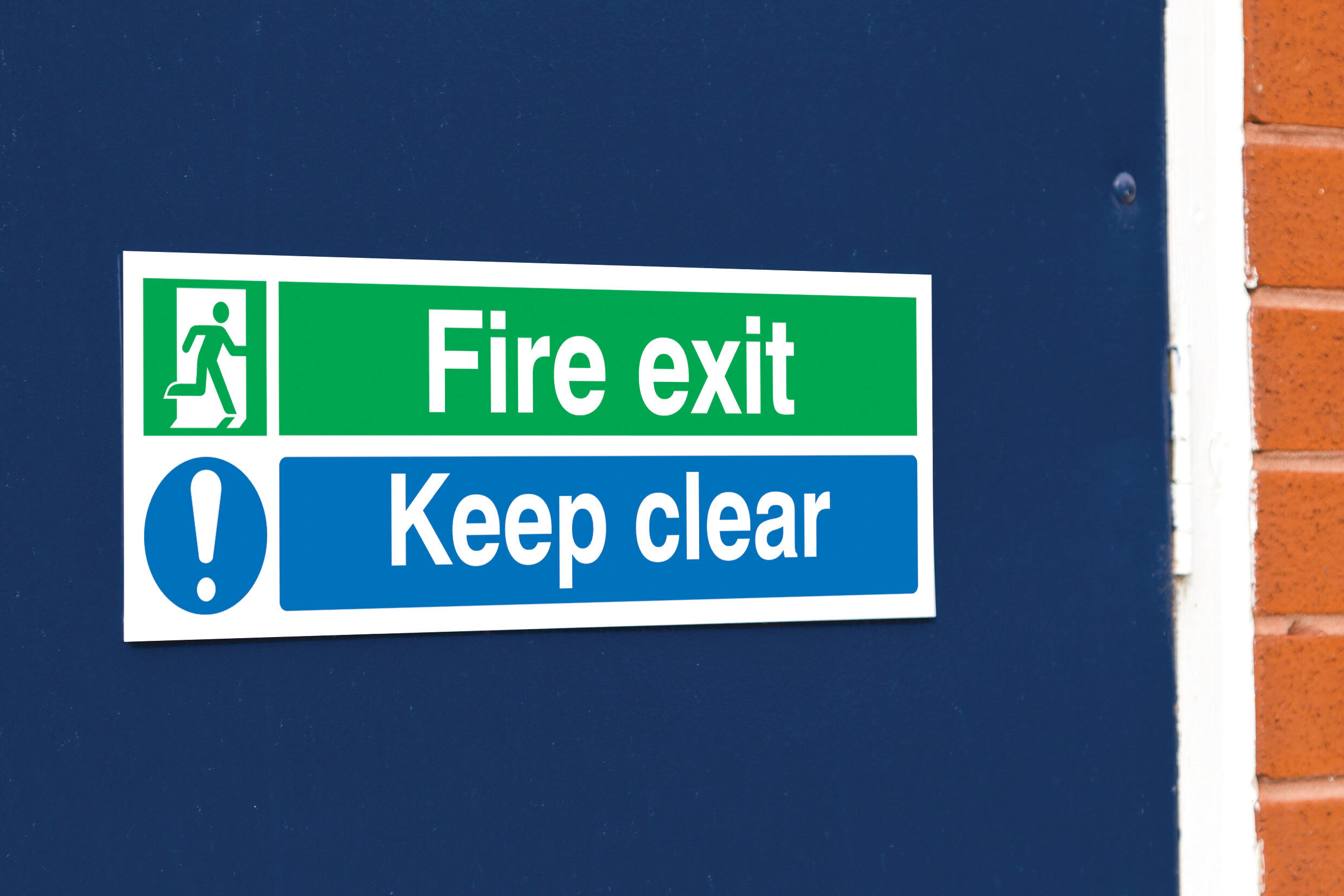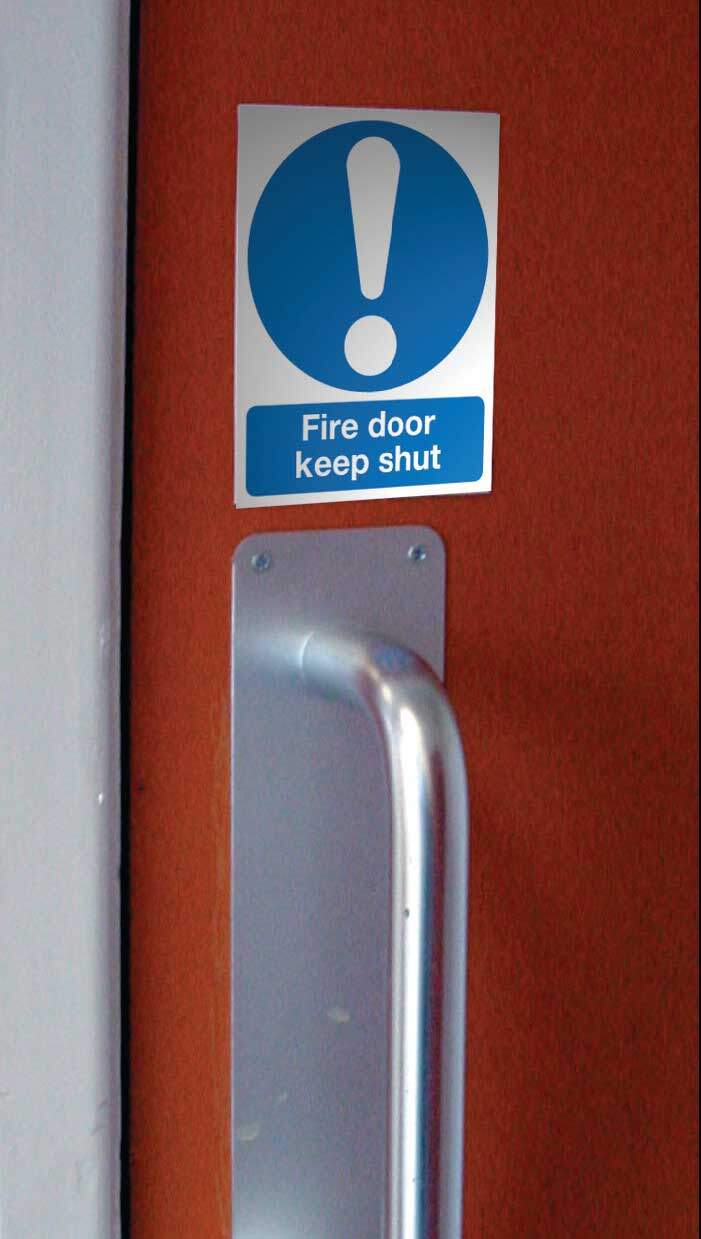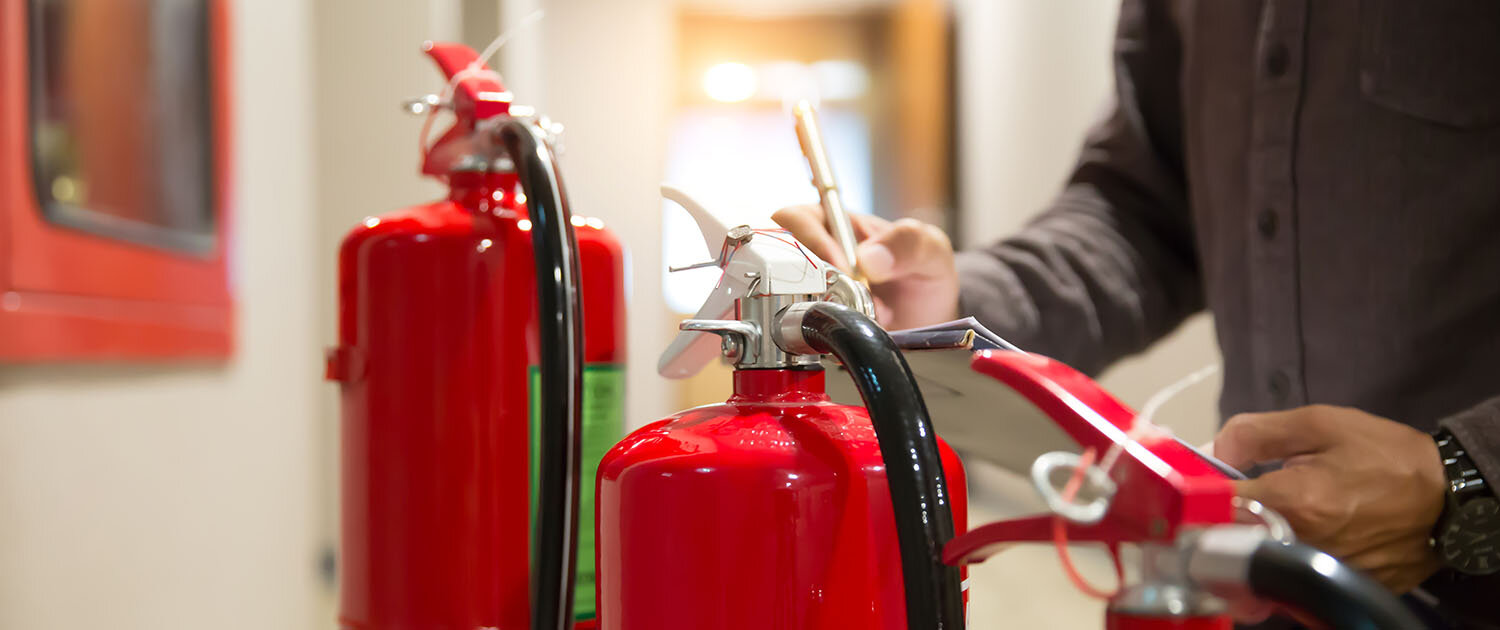Fire Safety Advice and Guidance : Do Fire Doors Need to Be Self Closing?
This is a question covered in the FPA – Fire Safety Advice and Guidance
According to Approved Document B of the Building Regulations (ADB), a self-closing device is:
“A device that closes a door, when open at any angle, against a door frame.”
A self-closing device should reliably close the door leaf tight against the door stop, or into its frame, from any openable angle and be able to overcome resistance from any fitted latch or seals.
The self-closing device should allow for ease of use for those using the door in compliance with Part M of the Building Regulations.
Do all fire doors need to be self-closing?
The short answer is no, but how do we determine what does and does not require a self-closing device? According to ADB volume 2, a self-closing device is required on a fire door if:
- subdividing escape routes to separate two or more storey exits
- subdividing corridors every 12m in length
- subdividing a dead-end condition in a common corridor exceeding 4.5m in length
- protecting a staircase enclosure from a circulation space
- doors open onto external escape stairs
In ‘residential’ type buildings (care homes, hotels, student accommodation etc.), all fire doors should be fitted with a self-closing device, other than those providing access to cleaner cupboards, plant and other high fire risk spaces and service risers, which should be kept closed and generally locked when not in immediate use. Buildings housing flats will also require self-closing devices fitted to the front door of each flat, separating the flat entrance from the communal areas.
In private dwelling houses, a self-closing device is only required if your home has an integral garage door. Both ADB and the Local Government Association’s publication Fire safety in purpose-built blocks of flats state that no other fire doors in your private home require self-closing devices – although it is recommended.
Why should self-closing devices be fitted?
When an emergency alarm is sounded or a fire is discovered, the evacuating occupants may not necessarily fully close the doors behind them as they hurry to leave. A closed fire door is designed to and will help prevent the spread of smoke and fire onto or through escape routes and self-closing devices which are operational and well maintained will help avoid this situation.
In buildings with high footfall it is not uncommon to find self-closing fire doors which have been restricted from closing by use of a door wedge or heavy object. In doing so the function of the fire door has been compromised and therefore the fire safety protection afforded has been compromised. Such actions not only demonstrate poor fire safety management but could potentially lead to action taken by the enforcing authority (normal the local Fire Authority). The more foot traffic which passes through these doors, the more likely they are to be wedged open for ease of operation.
There are legally compliant methods of holding fire doors open such as electromagnetic, electromechanical, acoustic and wireless fire door hold open devices which can be considered; however, it is essential that competent advice is sought before their implementation to ensure that they meet the requirements of British Standard, BS 7273-4 (Actuation of release mechanisms for doors), in terms of their type and location.
The majority of these devices will be hard wired (interfaced) with the fire detection and alarm system to release the doors to close in the event the alarm is raised. In addition, free-swing closing devices as used in healthcare settings predominantly and allow or the door to be held open freely at any angle, but on sounding of the alarm will move the door to a closed position.
Fire doors in constant use are subject to significant wear and tear, and so the installation of a self-closing device may help reduce the impact of such damage, as well as help prolong the integrity of the door and provide the required level of fire protection. Given the additional sleeping risk present at some types of premises, additional fire safety precautions are generally required to ensure the private areas remain adequately separated from the common areas and escape routes, to help contain the fire for a period of time by limiting its spread.
Different types of self-closing devices and their relevant standards
It is essential that the door closer chosen for any specific application or use has been tested in combination with the full fire doorset to ensure that the entire ensemble works effectively as a whole and offers the required level of fire resistance. Advice and guidance should be sought from the manufacturer, supplier or a competent (preferably third party certified) contractor where decisions of this nature are being made.
Ensuring the appropriate type of fire door closer should take into consideration the needs of the building occupants and door usage. The closing speeds on doors, particularly those held fitted with hold open devices, require specific attention to ensure they are not subject to closing speeds which could inflict injury. Adjustments should be made to lengthen the closing time, to allow occupants to get out of the way or prolong the time needed to pass through the door for those less mobile, for example in a care home setting or hospital. All devices should be CE marked to comply with their relevant standards, and have the appropriate mandatory signage displayed on both sides of the door in accordance with BS 5499-10
Door closers meeting the requirements of BS EN 1154 – Controlled door closing devices
- Rack and pinion closers – such as overhead devices are the most common and cost-effective type, but do not tend to operate as efficiently as cam action
- Cam action closers – such as floor springs – have fewer moving parts and therefore less friction, so are more suitable for Part M compliance
Devices meeting the requirements of BS EN 1155 – Electrically powered hold open devices
- Hold open devices are fitted to fire doors and are predominantly interfaced to the fire alarm system to hold the door open until the fire alarm activates or a power supply is interrupted. Self-contained release devices which are battery operated will release when acoustic or wireless signals are received from a fire alarm activating
- Free swing door closers are also interfaced to the fire alarm system, and are very similar to a hold open device – the main difference is that a free swing closer will have no closing or opening pressure until the fire alarm activates, or a power supply is interrupted
Automatic door releases can be triggered by each or any of the following:
- the activation of an alarm by either automatic fire detection or a manual call point
- the acoustic signal from any system activation
- a wireless signal from a system activation
- failure of the fire warning system
- manual release by an occupant
- power supply failure
Concealed door closers
These can be more aesthetically pleasing, as the device is recessed into the door leaf/frame and it can also help reduce the risk of vandalism. There are three types of concealed closers that are fitted to timber doors, which are installed in the top of the door lead, above the door in the frame head or transom, or installed in the hinged edge of the door. These doors require a controlled closing feature to ensure that fire doors are able to fully latch. As concealed closers require removal of part of the door/frame structure it is particularly important that they only be installed when permitted by the fire door manufacturers and in line with their specifications.
Rising butt hinges and single chain devices do not meet the requirements of BS EN 1158 and hence are not suitable for use as self-closing devices.
Door coordinator devices meeting the requirements of BS EN 1158 – Door coordinator devices
Where double doors with rebated meeting edges are concerned, it is essential that the individual door leaves close in the correct sequence to ensure they are able to fully align closed and provide the intended fire resistance. Door closing coordination devices are installed for this purpose. Commonly installed on the head of each leaf, they ensure effective closing into the frame of both leaves.



